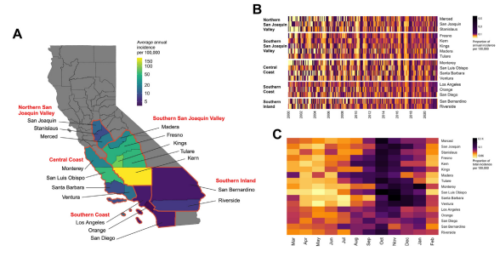2024-09-03 マサチューセッツ大学アマースト校
<関連情報>
- https://www.umass.edu/news/article/new-umass-study-identifies-factors-predict-physical-activity-nursing-students
- https://journals.plos.org/plosone/article?id=10.1371/journal.pone.0304214
正則化回帰を用いた看護学生の身体活動に対する複数レベルの障壁の分析 Analysis of multi-level barriers to physical activity among nursing students using regularized regression
Muge Capan ,Lily Bigelow ,Yukti Kathuria ,Amanda Paluch ,Joohyun Chung
PLOS ONE Published: May 24, 2024
DOI:https://doi.org/10.1371/journal.pone.0304214
Abstract
Physical inactivity is a growing societal concern with significant impact on public health. Identifying barriers to engaging in physical activity (PA) is a critical step to recognize populations who disproportionately experience these barriers. Understanding barriers to PA holds significant importance within patient-facing healthcare professions like nursing. While determinants of PA have been widely studied, connecting individual and social factors to barriers to PA remains an understudied area among nurses. The objectives of this study are to categorize and model factors related to barriers to PA using the National Institute on Minority Health and Health Disparities (NIMHD) Research Framework. The study population includes nursing students at the study institution (N = 163). Methods include a scoring system to quantify the barriers to PA, and regularized regression models that predict this score. Key findings identify intrinsic motivation, social and emotional support, education, and the use of health technologies for tracking and decision-making purposes as significant predictors. Results can help identify future nursing workforce populations at risk of experiencing barriers to PA. Encouraging the development and employment of health-informatics solutions for monitoring, data sharing, and communication is critical to prevent barriers to PA before they become a powerful hindrance to engaging in PA.


